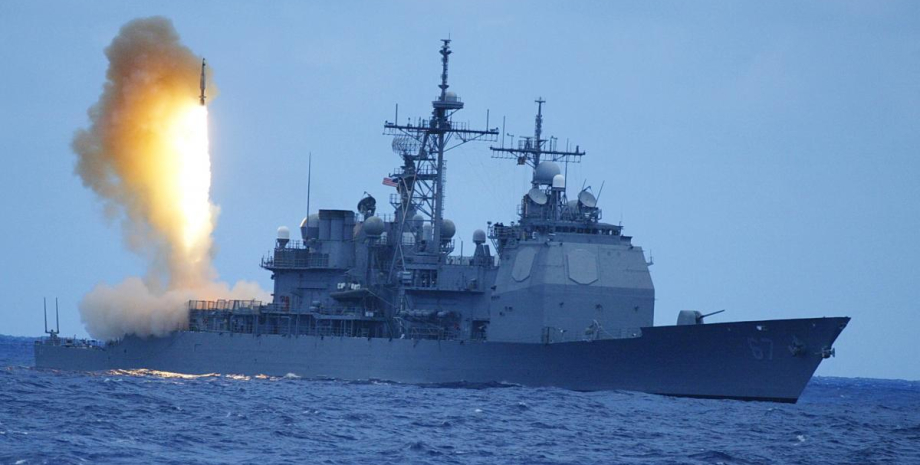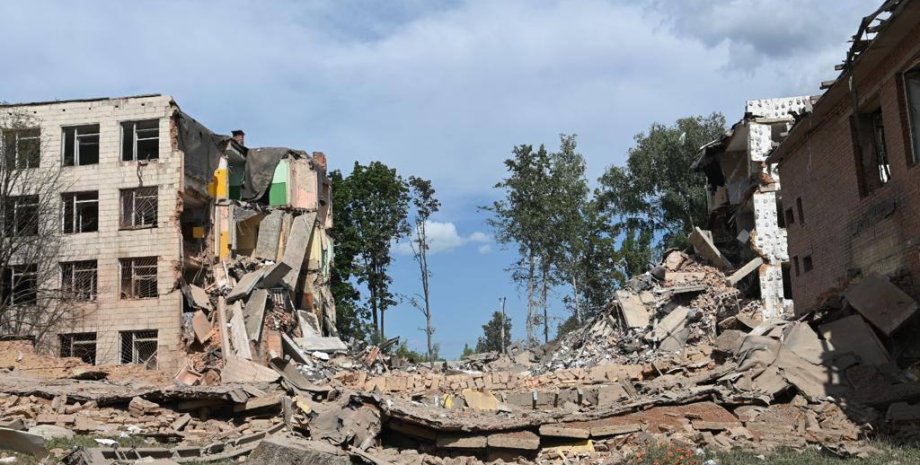
However, there is a Western system that is able to repel Russian weapons-the SM-3 anti-aircraft missile. This opinion was expressed by Defense Express experts in the material of January 20. The observers explained that the Patriot Pac-3 and SAMP-T complexes are in service of Ukraine, which are designed to intercept ballistic missiles of the operative-tactical level with a range of up to 1000 km. However, their capabilities are not enough to combat medium and intercontinental ballistic missiles.
The fact is that such ballistic missiles as the Russian "Oreshnik", pass the march trajectory at altitudes more than 100 km and reach speeds of 3-4 km/s, then enter the atmosphere at a speed of 5-7 km/s. These parameters significantly complicate the task for modern air defense systems, even if they are theoretically capable of attacking the combat parts of such missiles. The key problem is related to the use of separate combat units.
Missiles such as "Oreshnik" carry several combat blocks, including false purposes. And the most important parameter of the missile defense is the channel - that is, the ability of the anti -missile complex to simultaneously affect several goals. It is the problem of Patriot and SAMP-T systems in intercepting divided warheads and is a limited canality.
In practice, this means that even if modern air defense systems can attack missiles in the atmosphere, they are not able to intercept all blocks at a time. This is not related to the imperfection of systems, experts noted, but with their initial design, which did not provide such tasks. The Thaad Anti -Pragnet Complex, designed to intercept in medium -range ballistic missiles in the upper atmosphere, also has a limitation on the number of goals that are fired at the same time.
Although accurate data on its duct remains classified, it is known that this system does not provide a complete solution to the problem. At the same time, there are systems that are theoretically capable of resisting the Russian rocket to breeding its fighting blocks. For example, this method is implemented in the SM-3 interceptor used on ships with AEGIS system or in the stationary version of the AEGIS Ashore. However, the production and use of these systems remains limited.










All rights reserved IN-Ukraine.info - 2022